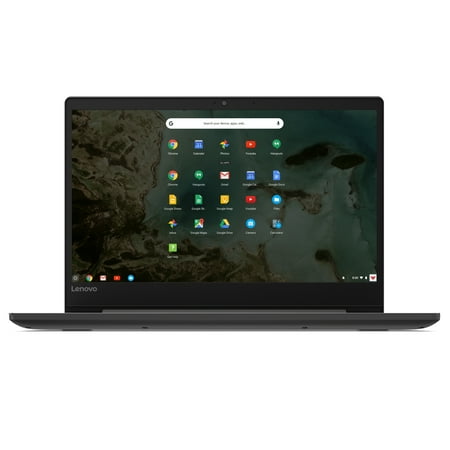Razer Blade 15 Advanced Model – OLED 4K Touch 60Hz – GeForce RTX 3080 – Black
11th Gen Intel® Core™ i9-11900H 8 Cores (2.5GHz / 4.9GHz). Windows 10 Home. 15.6″ OLED UHD, 100% DCI-P3, 1ms, HDR, Touch, Glossy, individually factory calibrated. Discrete: NVIDIA® GeForce RTX™3080 (16GB DDR6 VRAM). Integrated: Intel® UHD Graphics.
| PROCESSOR | 11th Gen Intel® Core™ i9-11900H 8 Cores (2.5GHz / 4.9GHz) |
|---|---|
| OS | Windows 10 Home |
| DISPLAY | 15.6″ OLED UHD, 100% DCI-P3, 1ms, HDR, Touch, Glossy, individually factory calibrated |
| GRAPHICS |
|
| STORAGE | 1TB SSD (M.2 NVMe PCIe 4.0 x4) + Open M.2 PCIe 4.0 x4 Slot for easy expansion |
|---|---|
| MEMORY | 32GB DDR4 3200MHz dual-channel memory (slotted) |
| KEYBOARD |
|
| CONNECTIVITY | Intel® Wireless Wi-Fi 6E AX210 (IEEE 802.11a/b/g/n/ac/ax) |
| BATTERY AND ADAPTOR |
|
| TOUCHPAD | Precision glass touchpad |
| INPUT & OUTPUT |
|
| AUDIO |
|
| ADDITIONAL FEATURES |
|
| FINISH | Anodized Black, backlit green Razer logo |
| DIMENSIONS |
|
| WEIGHT | 2.01 kg / 4.40 lbs |
| GRAPHIC FEATURES |
|
Additional information
| DIMENSIONS | 0.67" x 9.25" x 13.98" |
|---|---|
| WEIGHT | 2.01 kg / 4.40 lbs |






Reviews
There are no reviews yet.